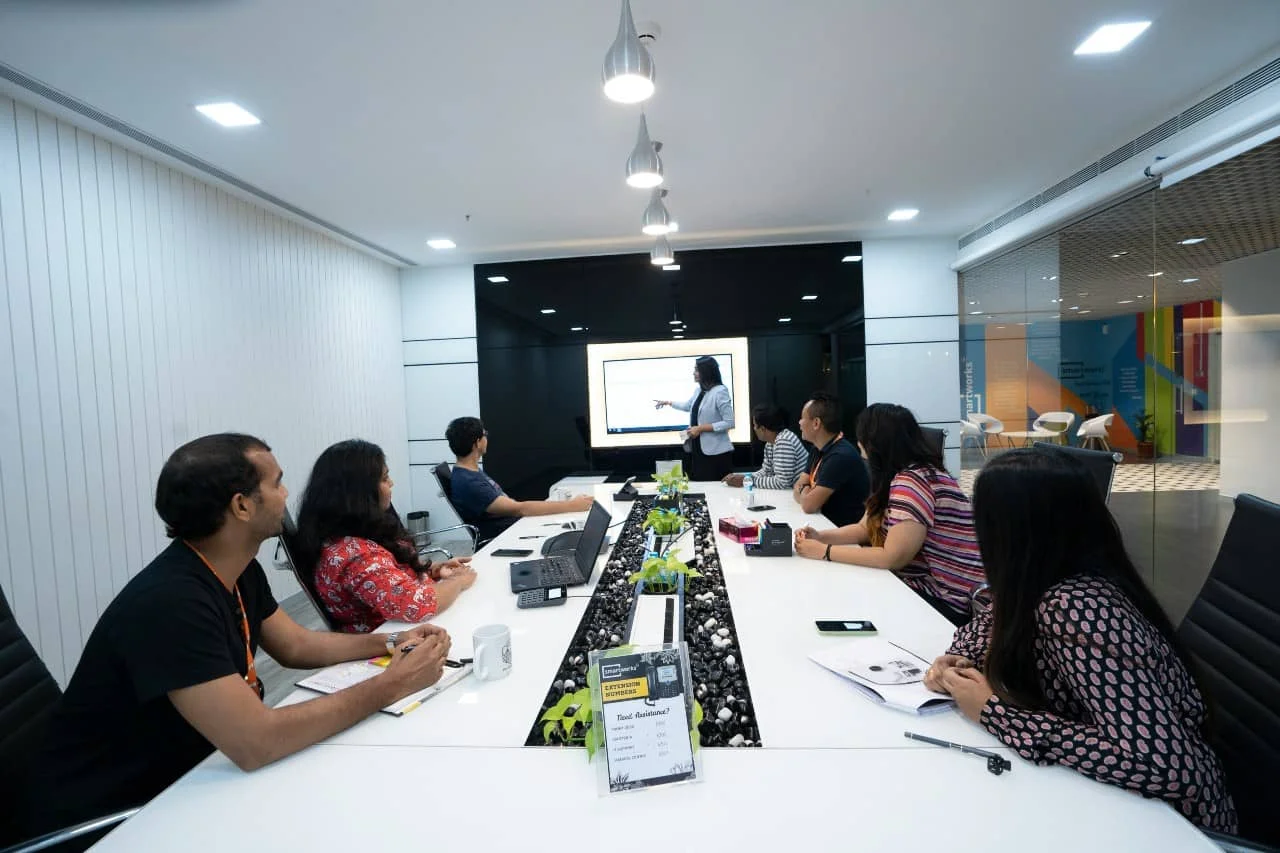Maximizing Your Middle: Evolve Your Latent Skills, Attain Your Goals, and Become a Modern Leader
Leaders past, present, and future are individuals who have faced opportunities
and obstacles; and triumphed in the face of these circumstances. Some of these
leaders succeeded because they were able to jump over the hurdles in their
path by deploying a set of skills that have been tried and true. Great
Leaders, however, became triumphant by building new skills and evolving
themselves to meet the challenges and opportunities in their midst. This
reflects the most fundamental aspects of leadership development – that great
leaders observe and adapt. Great leadership requires more than a fixed set of
skills, abilities, and traits. Today, underlying all of the requirements of
being and staying a great leader is agility – flexible, being able to move and
change. Think bamboo in hurricane vs. oak tree.
What is a Modern Leader? The modern leader is a Leader who never stops
learning. She knows that her skills that she has depended on in the past are
not necessarily going to be the ones that take her into the future. The Modern
Leader, rises up to the challenge of a dynamic and ever-changing landscape
which requires looking ahead, and consistently reflecting on how and what they
need to do to stay on top of their game to avoid becoming a dinosaur.
In today’s world, becoming and staying a Modern Leader takes effort. Not
continually growing and stretching yourself leads to a lack of innovation ,
stagnation, and obsolescence. There are significant risks to you as a leader
if you assume what you currently do well today will still work tomorrow. At
different stages you need various skills; skills that are strengths at one
point are no longer crucial at another. Research by Eichinger and Lombardo
concluded that aspiring leaders who were modest, open to growth, change, and
eager for continual development were more likely to be promoted than those who
had overly high esteem of their current abilities.
The source for ongoing leadership development does not come from focusing on
what you already naturally do well. Becoming a Modern Leader comes from
tapping into and realizing your Latent or Middle skills. Middle skills are
the majority of skills that you possess outside your default strengths that
with focus and practice, become new pillars of your success. Optimizing the
right Middle skills at the right time leads to ongoing leadership growth. The
very foundation of leadership development and coaching is centered on
identifying and developing Middle skills on a continual basis.
Companies around the world spend tens of thousands and sometimes hundreds of
thousands of dollars to develop individual leaders. The most effective method
for developing leadership skills is through executive coaching. The most
effective executive coaching begins with an understanding of the person’s
current state – traditionally through a 360-degree assessment that
incorporates feedback from the important people in a leader’s professional
life including boss, peers, direct reports, and customers.
From the assessment, ranking of specific skills, competencies, or behaviors
are listed. The top scoring items (i.e., the top 15-20%) are considered a
person’s strengths, or what we call one’s Default Skills. These are skills
that we tend to be good at naturally and default to using because it comes
easy. The lower scoring items (i.e., the bottom 15-20%) are what we call
Deficient Skills. These skills are often mistakenly identified as key
development opportunities. At first pass, it makes sense that the lowest
scoring items are assumed to be glaring opportunities for change. In between
go-to Default Skills and Deficient Skills lay middle scoring items (60%-70%).
It is these middle skills that present the greatest opportunity to continue
leadership development. They are often overlooked because our tendency to go
to the extremes, but upon closer examination you start to see that to quickly
transform latent skills into new strengths does not require as big an
investment compared to the Deficient Skills. This helps leaders quickly add
more skills into the strengths bucket. Though they may not be natural talents
or gifts, they can quickly become learned skills that serve to make the leader
even more successful.





